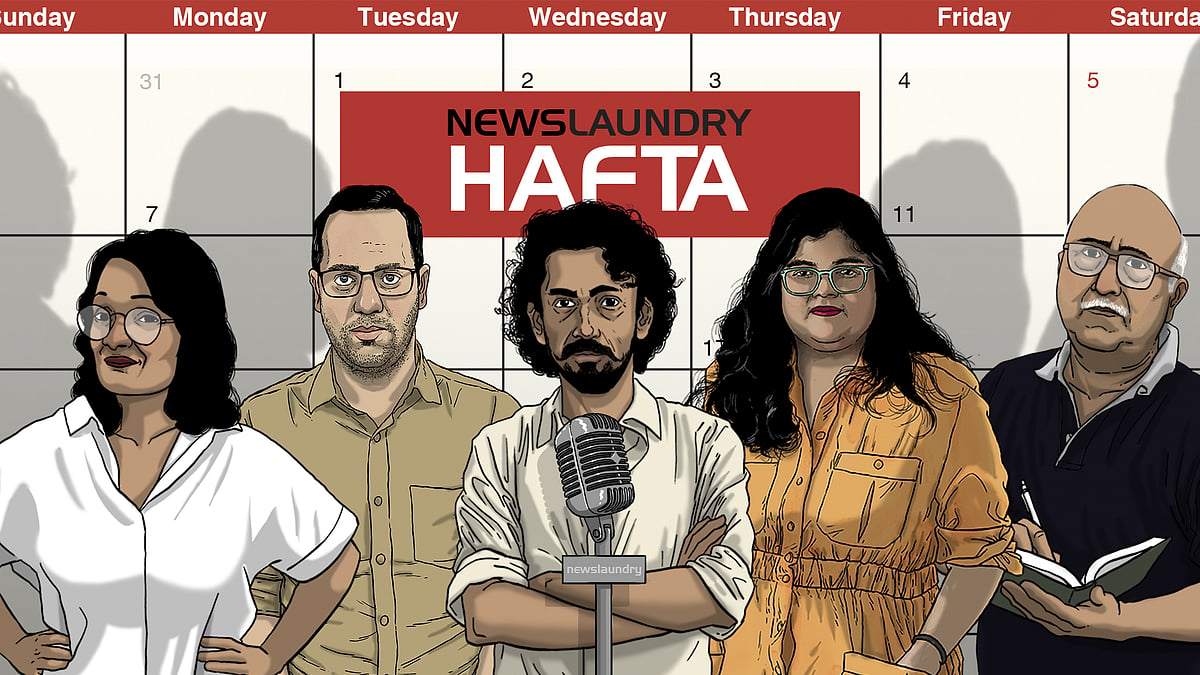Jobs, matrimony, politics: Why Bihar became a flashpoint for Agnipath violence
Any parallels with mass movements of the past will be a wastage of historical imagination.
“Paniya ke jahaj se paltaniya bani aiyah piya (return by ship once you become a soldier),” a wife hopes as the husband prepares to leave in a popular folk number from Bihar. For the last two days, many young men in the state, seemingly riding on hopes of a career in soldiering, are burning train coaches. That’s only one of the other forms of violent attacks they have unleashed in different parts of the state.
While violence over the Agnipath scheme has gripped several parts of the country, there are more complex factors at play behind the mob rampage in its first flashpoint Bihar. These have little to do with how young aspirants in the state view even an entry-level job in defence services but more with a yearning for any government position – from the low-rung group D to the top of the bureaucracy.
The mere fact that a jawan is a government employee is a big draw for young matriculants who are yet to shed the unskilled category cocoon. And while Bihar isn’t part of the martial constituency of smaller states, like Haryana, Punjab or Uttarakhand, these aspirations only get more intense and anxious in a state of such size and population.
In Bihar, the state has been seen not only as a site milked for material accumulation by the powerful but its huge apparatus also considered as the insurer of social status and livelihood for the aspiring and the powerless. This becomes starker in view of a far smaller presence of the private sector than any other state of comparable size. How the state reached this point of overdependence on public employment is a different story altogether, but it has left a clear imprint on social attitudes and anxieties of generations of young lives in Bihar.
Given this, reforms like Agnipath which are set to tinker with patterns of defence recruitment and the neat certitudes of what such a job could offer, are likely to set off anxious responses. The seeds of uncertainty sown by a short-term tenure and fear of curtailed perks hit at the primary appeal of a government job: assured livelihood and professional stability. Moreover, in a state like Bihar where government jobs govern matrimonial prospects, the contractual nature of an Agniveer’s stint is feared to turn him far less attractive as a prospective groom. This anxiety wasn’t far when an aspirant asked a news reporter, “Who will marry me if I retire at 24?”
Such anxieties, however, are also reinforced in Bihar by other immediate factors.
First, the last one-and-a-half decade of Bihar’s experience with contractual hirings has spawned its own set of apprehensions. These years constitute a bad precedent in public esteem as contractual government job-holders compared unfavourably against permanent ones. From the point of view of an aspirant, a contract doesn’t carry the same appeal in terms of job security, remuneration and social standing that is associated with a regular government employee. In the psyche of millions of aspirants, there might be a fear that the centre could end up creating a defence equivalent of contractual workers like shiksha mitras – a pool of teachers which also has a non-graduate profile.
Additionally, there was an element of shock in the initial protests in Muzaffarpur and Buxar, where aspirants were waiting for the two-year pandemic break in recruitment to get over to brace for appointments. A large number of aspirants also invested these two years in preparing for an expected bulk of defence vacancies. This ran into uncertain territory and little security.
Moreover, the fact that anxious youths are ideal targets for misinformation and provocation by political actors becomes more significant as social media can easily be used to deploy half-truths and fear-mongering for mobilisation. The fierce orchestration of street violence in different districts is hard to execute with irate aspirants alone. Political forces have clearly rode on skepticism to press thuggish sections. The intensity of attacks on trains and railway properties – one of the most visible and vulnerable sites of central government’s presence even in remote parts of the country – has the imprint of a larger pool of marauding political hordes. At Bihiya railway station in south Bihar, a railway official even reported the loot of Rs 3 lakh from the ticketing counter.
Further, the attacks on vehicles and properties linked to Bihar BJP leaders, including the Bettiah homes of deputy chief minister Renu Devi and state party president Sanjay Jaiswal, show that political navigation is looking for sharper focus of violence. As in any other state, a political contest means that accusatory fingers point towards usual suspects – the opposition led by RJD, a party long associated with unruly cadre conduct.
This, however, doesn’t mean that BJP’s alliance partners in the state have escaped the gaze of conspiracy theorists. The principal ally JD(U) has sought a review of the Agnipath scheme, but for many observers that isn’t where the party’s calculations end. The party’s political benefits from a cornered BJP in the state have raised doubts about its tallest leader – chief minister Nitish Kumar – being tepid in a delayed police response to the violence. Such accusations are hard to dispel in public perception given the anxious alliance of convenience.
Finally, the targeting of visible sites of central authority in the state and those linked to the ruling party at the centre has also evoked misplaced comparisons with the past. It’s a baggage that Bihar has been carrying as the vanguard of seminal movements. That includes the state being the primary site of the JP movement, arguably the most influential political struggle in post-Independence India. But the comparisons should end there.
The element of student unrest in shaping that movement could mislead many to draw wrong parallels. The violent eruption, and nature of the grouse and its organisation, or rather the lack of it, are only few of the many differences that should save history from being mauled for telling a different story unfolding in the present.
Amid some specific signs, it isn’t easy to grasp the element of political particularity that made Bihar the first and most raging flashpoint of the violent stir against the Agnipath scheme. In some ways, the production of violence and resurfacing of lumpenised body politic in the state would be debated vis-a-vis the share of spontaneity of outburst. What, however, is clear that any parallels with the mass movements in Bihar would be a wastage of historical imagination.
 Hafta 385: Agnipath, bulldozers and presidential polls
Hafta 385: Agnipath, bulldozers and presidential polls The unchanging litany of woes against state public service commissions
The unchanging litany of woes against state public service commissions
NL Digest
A weekly guide to the best of our stories from our editors and reporters. Note: Skip if you're a subscriber. All subscribers get a weekly, subscriber-only newsletter by default.
